Home>Garden Essentials>What Greenery Is Not For Cake Decorating
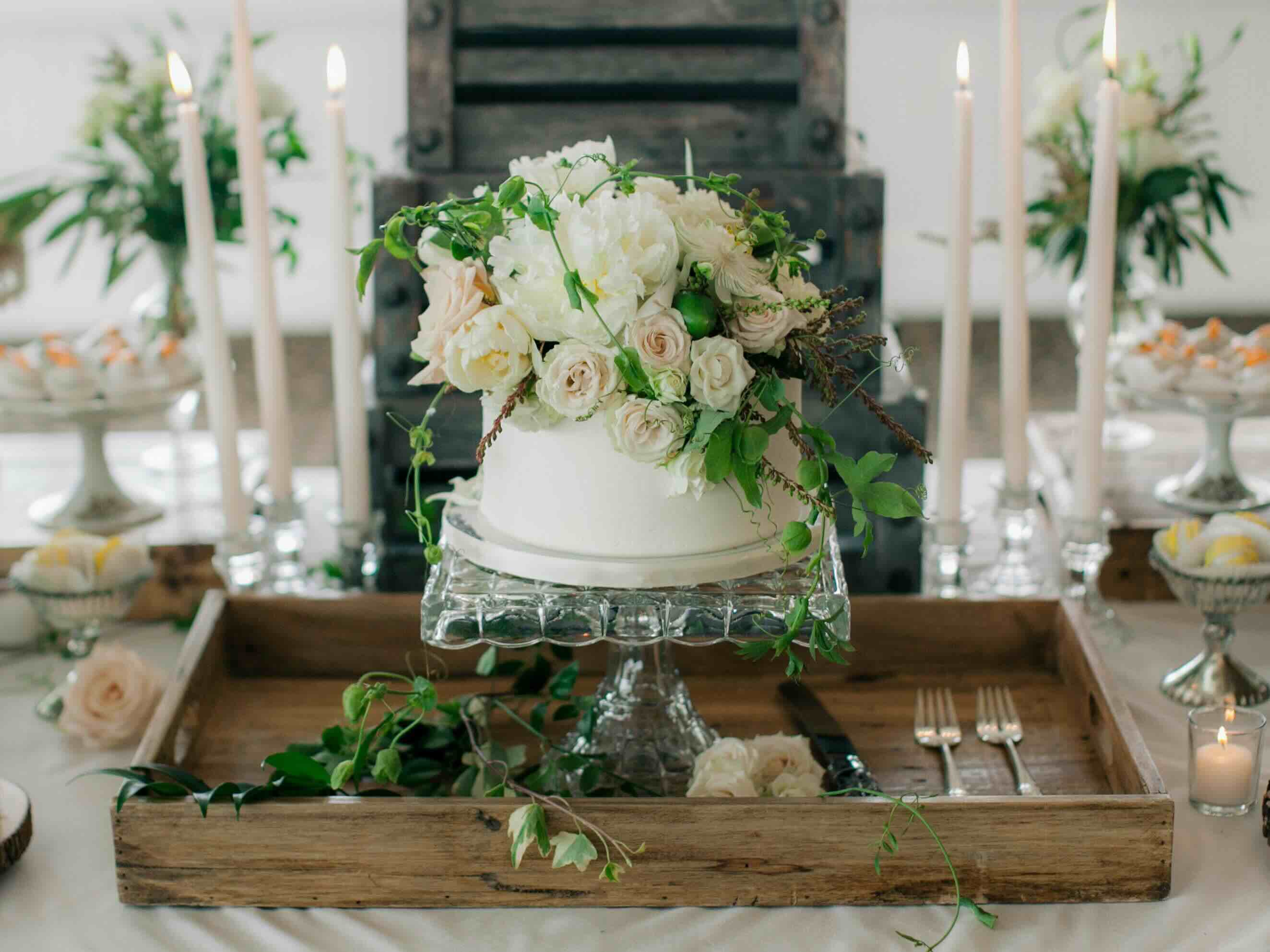

Garden Essentials
What Greenery Is Not For Cake Decorating
Modified: March 25, 2024
Discover what types of greenery are not suitable for cake decorating in the garden.
(Many of the links in this article redirect to a specific reviewed product. Your purchase of these products through affiliate links helps to generate commission for Storables.com, at no extra cost. Learn more)
Introduction
Cake decorating is a wonderful art form that allows bakers to express their creativity and add a touch of beauty to their edible creations. From intricate designs to vibrant colors, cake decorators use various techniques and elements to make their cakes visually appealing. One popular element often used in cake decorating is greenery.
Greenery, such as leaves and foliage, can add a natural and organic touch to cake designs. It can complement floral arrangements, add texture, and create a visually striking contrast against the cake’s surface. However, it is important to understand that not all types of greenery are suitable for cake decorating.
In this article, we will explore common mistakes in cake decorating, delve into the significance of greenery in cake decorations, and discuss which types of greenery are not suitable for cake decorating. By understanding what greenery to avoid, you can ensure that your cake creations are not only visually stunning but also safe for consumption.
Key Takeaways:
- Choose edible and pesticide-free greenery for cake decorating to ensure safety and visual appeal. Avoid toxic plants, treated greenery, and unwashed leaves to create stunning, safe cake designs.
- Avoid common cake decorating mistakes like using too much frosting and poor color choices. Plan ahead, use the right tools, and prioritize safety when incorporating greenery into your cake designs.
Read more: How To Put Fresh Greenery On A Wedding Cake
Common Mistakes in Cake Decorating
Cake decorating requires skill, patience, and attention to detail. While it can be a rewarding experience, there are common mistakes that beginner and even experienced cake decorators may encounter. Identifying these mistakes and learning how to avoid them can greatly improve the overall outcome of your cake designs.
One common mistake is using too much frosting or icing. While it may be tempting to load up the cake with a thick layer of frosting, it can result in an overwhelming taste and a less visually appealing cake. Use a thin, even layer of frosting to ensure a balanced flavor and texture.
Another mistake is not properly leveling the cake layers. Uneven cake layers can lead to a lopsided or unstable cake. Invest in a cake leveler or use a long serrated knife to carefully trim the tops of the cake layers to create an even surface. This will ensure better stability and a professional-looking cake.
Using the wrong tools can also hinder the cake decorating process. Ensure that you have the necessary tools, such as offset spatulas, piping bags, and a variety of decorating tips, to achieve your desired designs. Each tool serves a specific purpose, so familiarize yourself with their functions to achieve the best results.
Failure to plan and prepare ahead of time is another mistake. Before starting your cake decoration, have a clear idea of the design you want to achieve. Make a sketch or gather inspiration to guide your decorating process. Additionally, gather all the necessary ingredients and materials beforehand to avoid any last-minute surprises.
Poor color choice is yet another mistake to watch out for. While it can be tempting to use bold and vibrant colors, it is important to consider the overall theme and style of your cake. Choose colors that complement each other and create a harmonious design. If in doubt, opt for a more neutral color palette to ensure a timeless and elegant look.
Lastly, neglecting proper storage and transportation of the cake can lead to disaster. Make sure to properly cover and store your decorated cake in a cool and dry place. When transporting the cake, use a sturdy cake box and secure it to prevent any movement or damage.
By avoiding these common mistakes and taking the time to hone your skills, you can elevate your cake decorating game and create stunning, professional-looking cakes that will impress both your clients and guests.
Understanding Greenery in Cake Decorations
Greenery plays a crucial role in cake decorations, adding a touch of freshness and natural elegance to designs. Whether you’re creating a rustic wedding cake or a whimsical birthday cake, incorporating greenery can elevate the overall aesthetic and create a stunning visual impact.
When it comes to greenery in cake decorations, there are various options to consider. Some common types of greenery used include leaves, vines, ferns, and even herbs like mint or rosemary. These elements can be arranged around the cake tiers, cascading down the sides, or delicately placed as accents on top.
One important aspect to keep in mind when using greenery in cake decorations is the freshness and safety of the materials. Always opt for fresh, pesticide-free greenery to ensure it is safe for consumption. You can find edible greenery options at specialty stores or even grow them in your own garden.
It’s essential to properly clean and prep the greenery before using it on the cake. Gently wash the leaves or herbs, removing any dirt or debris. Allow them to dry completely before handling. It’s also a good idea to trim the stems and remove any thorns or prickly parts to ensure a smooth and safe application.
When arranging the greenery on the cake, consider the overall design and theme. Choose greenery that complements the color palette and style of the cake. For example, delicate leaves or ferns work well with a romantic or bohemian theme, while vibrant herbs add a fresh and lively touch to a summer-themed cake.
It’s important to strike a balance with the amount of greenery used. Avoid overcrowding the cake with too much greenery, as it can overpower the design and make it visually cluttered. Instead, opt for strategically placed leaves or vines to create focal points and enhance the overall aesthetic.
To attach the greenery to the cake, you can use various methods depending on its freshness and structure. For fresh leaves or herbs, lightly brush the back of each piece with a small amount of clear piping gel or egg whites. Gently press the greenery onto the cake surface, ensuring it adheres securely.
If you’re working with more delicate or artificial greenery, it’s advisable to use toothpicks or floral wire to secure them in place. Carefully insert the toothpick or wire into the greenery and position it onto the cake surface, taking care not to damage the cake while doing so.
Remember, greenery is meant to enhance the cake’s aesthetic appeal, but it should not take away from the deliciousness and enjoyment of the cake itself. By understanding how to properly select, clean, and attach greenery to your cake, you can create stunning cake decorations that will leave a lasting impression on everyone who indulges in your delicious creations.
When decorating a cake, avoid using toxic greenery such as ivy, foxglove, or oleander, as they can be harmful if ingested. Stick to edible options like mint leaves, rosemary, or edible flowers for a safe and beautiful cake decoration.
What Greenery is Not Suitable for Cake Decorating
While greenery can enhance the beauty of cake decorations, it’s important to be aware of which types of greenery are not suitable for cake decorating. Certain plants and leaves may contain toxins, pesticides, or other harmful substances that can pose a risk to human health if ingested.
Here are some examples of greenery that is not suitable for cake decorating:
- Poisonous Plants: Some plants are poisonous and should never come into contact with food. Examples include flowers like foxglove, daffodil, and oleander. These plants contain toxins that can be harmful if consumed, so it’s crucial to avoid them when decorating cakes.
- Toxic Leaves: Certain leaves, even if the plant itself is not poisonous, may still contain harmful substances or a bitter taste. Leaves from plants like eucalyptus, certain ferns, or ivy should be avoided in cake decorations to prevent any potential health risks.
- Treated Greenery: Greenery that has been treated with pesticides, fungicides, or other chemicals should never be used on cakes. Even if the chemicals used are deemed safe for plants, they may not be safe for consumption and can contaminate the cake.
- Non-Food-Safe Plants: Some plants may be decorative but are not meant for consumption. These include flowers commonly used in floral arrangements, such as tulips or lilies. They may be treated with chemicals to prolong their lifespan, making them unsuitable for direct contact with food.
- Unwashed or Contaminated Greenery: It’s crucial to thoroughly clean and wash any greenery before using it on cakes. Leaves and plants can harbor dirt, debris, or bacteria, which can contaminate the cake and pose a health risk.
As a general rule of thumb, it’s always best to use greenery that is specifically labeled as food-safe or edible. These types of greenery are meant for direct consumption and have undergone proper safety measures, including pesticide-free cultivation.
When in doubt, consult with reputable florists, gardeners, or culinary professionals who can provide guidance on suitable greenery options for cake decorating. Additionally, consider using edible alternatives, such as fresh herbs like mint or rosemary, that add both visual appeal and delightful flavors to your cake designs.
By being mindful of the types of greenery to avoid in cake decorating, you can ensure the safety and enjoyment of your edible creations. Remember, it’s always better to prioritize the wellbeing of those who will be consuming your cakes and opt for food-safe greenery that will enhance the overall beauty and taste of your delightful creations.
Conclusion
Cake decorating is a wonderful art form that allows bakers to unleash their creativity and create beautiful edible masterpieces. Greenery is a popular element used in cake decorations to add a touch of natural elegance and freshness. However, it’s important to not only understand the significance of greenery but also be aware of which types of greenery are not suitable for cake decorating.
In this article, we’ve explored common mistakes in cake decorating, discussed the importance of greenery in cake decorations, and highlighted the types of greenery that should be avoided. By avoiding common mistakes such as using too much frosting, not properly leveling the cake layers, or neglecting proper planning and preparation, you can significantly improve your cake decorating skills.
Understanding greenery in cake decorations requires knowledge of which types are safe for consumption and which should be avoided. Avoiding poisonous plants, toxic leaves, treated greenery, non-food-safe plants, and unwashed or contaminated greenery is crucial to ensure the safety and enjoyment of your cake creations.
When using greenery in cake decorations, opt for fresh, pesticide-free options that have been properly cleaned and prepared. Consider the overall design and theme of the cake and strategically place the greenery to enhance the aesthetic appeal. Use appropriate methods to secure the greenery to the cake, depending on its freshness and structure.
Ultimately, the goal of cake decorating is not only to create visually stunning designs but also to provide a delicious and safe treat for everyone to enjoy. By understanding what greenery is suitable and unsuitable for cake decorating, you can ensure that your creations are not only visually appealing but also safe for consumption.
Remember to consult with professionals and reputable sources when in doubt about the suitability of greenery options. Take the time to experiment, learn new techniques, and continue honing your cake decorating skills to create beautiful and memorable cakes that will leave a lasting impression on those who indulge in them.
Cake decorating is an art form that can bring joy and delight to both the creator and the receiver. With the right knowledge and understanding, you can create breathtaking cake designs that incorporate greenery in a safe and visually stunning way. So go ahead, unleash your creativity, and enjoy the magical world of cake decoration!
Frequently Asked Questions about What Greenery Is Not For Cake Decorating
Was this page helpful?
At Storables.com, we guarantee accurate and reliable information. Our content, validated by Expert Board Contributors, is crafted following stringent Editorial Policies. We're committed to providing you with well-researched, expert-backed insights for all your informational needs.

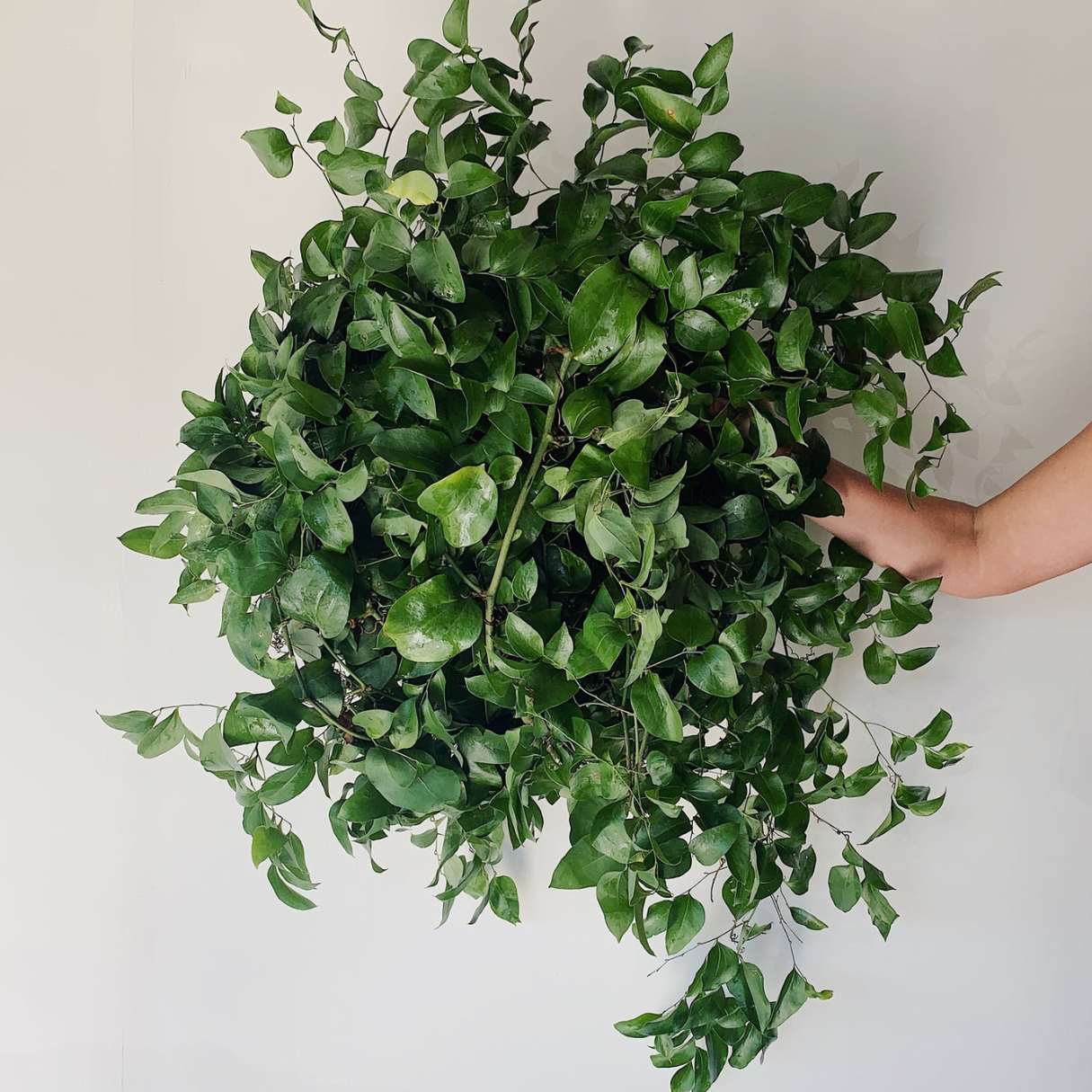
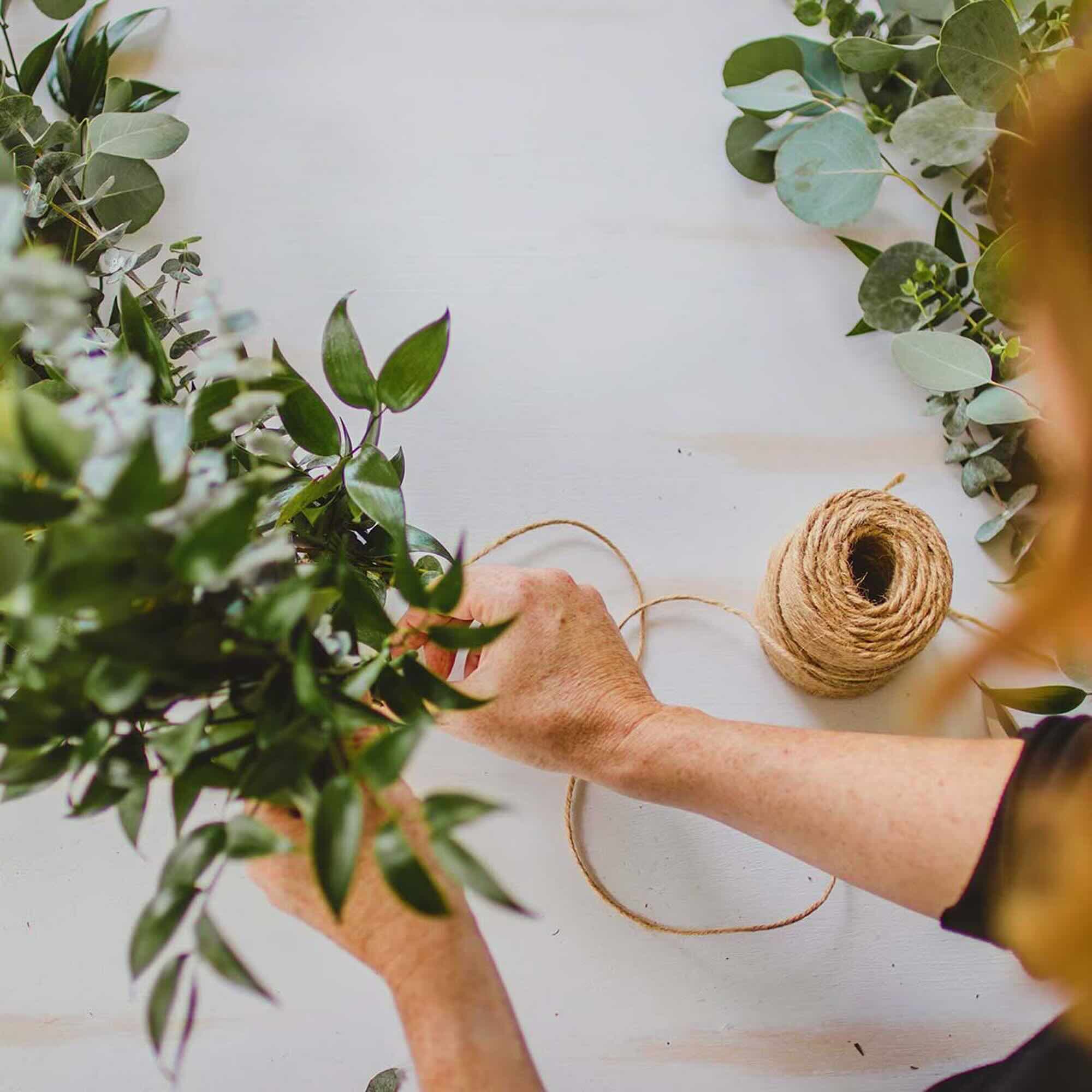

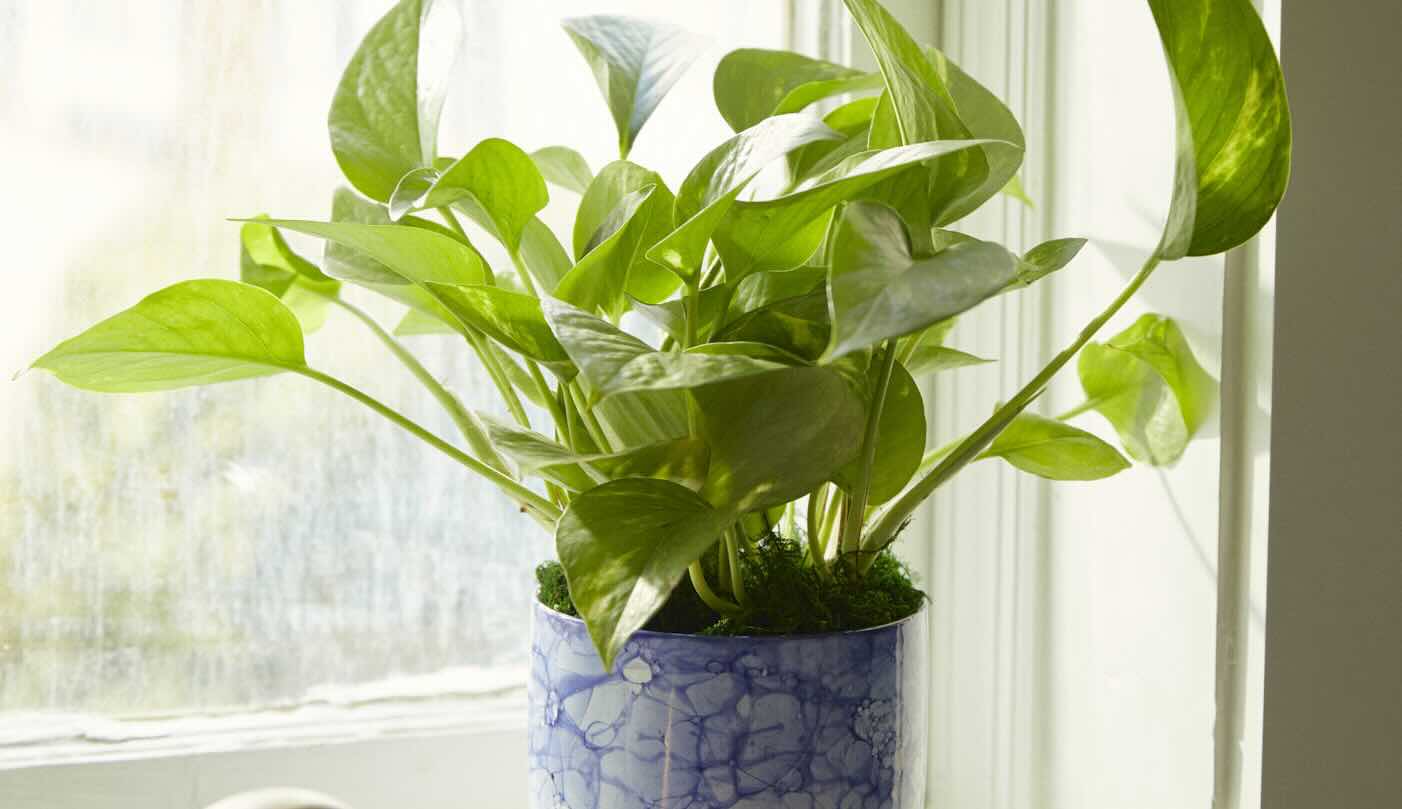

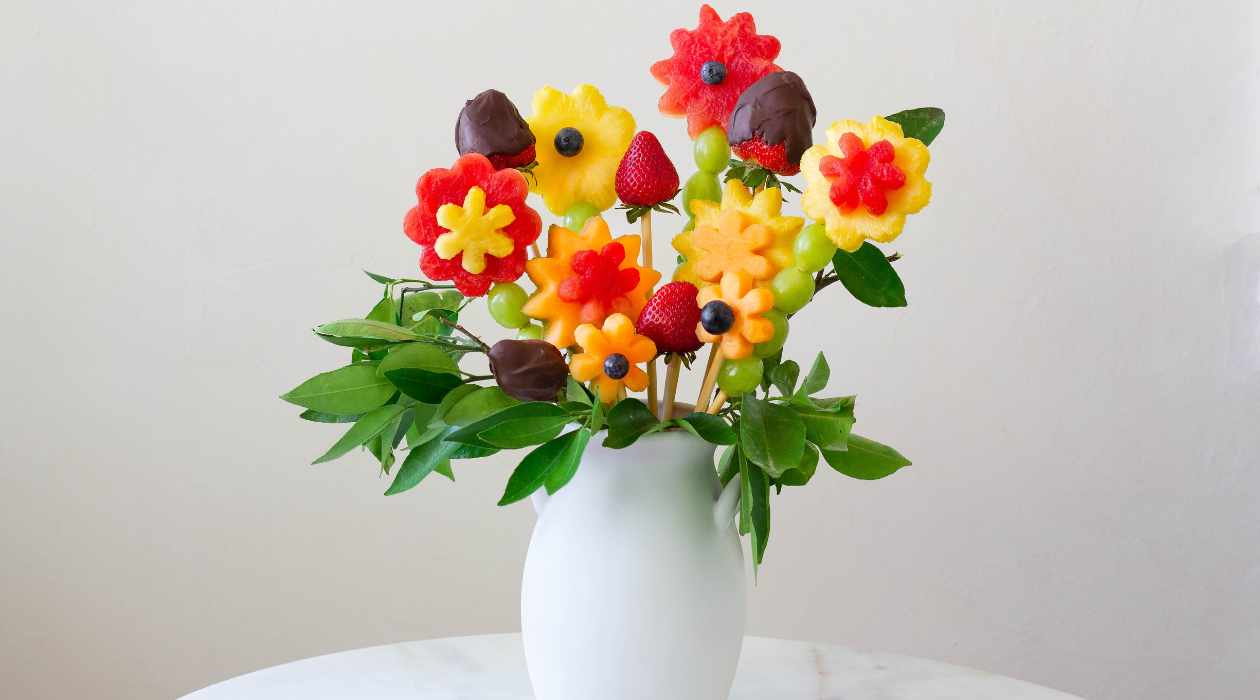
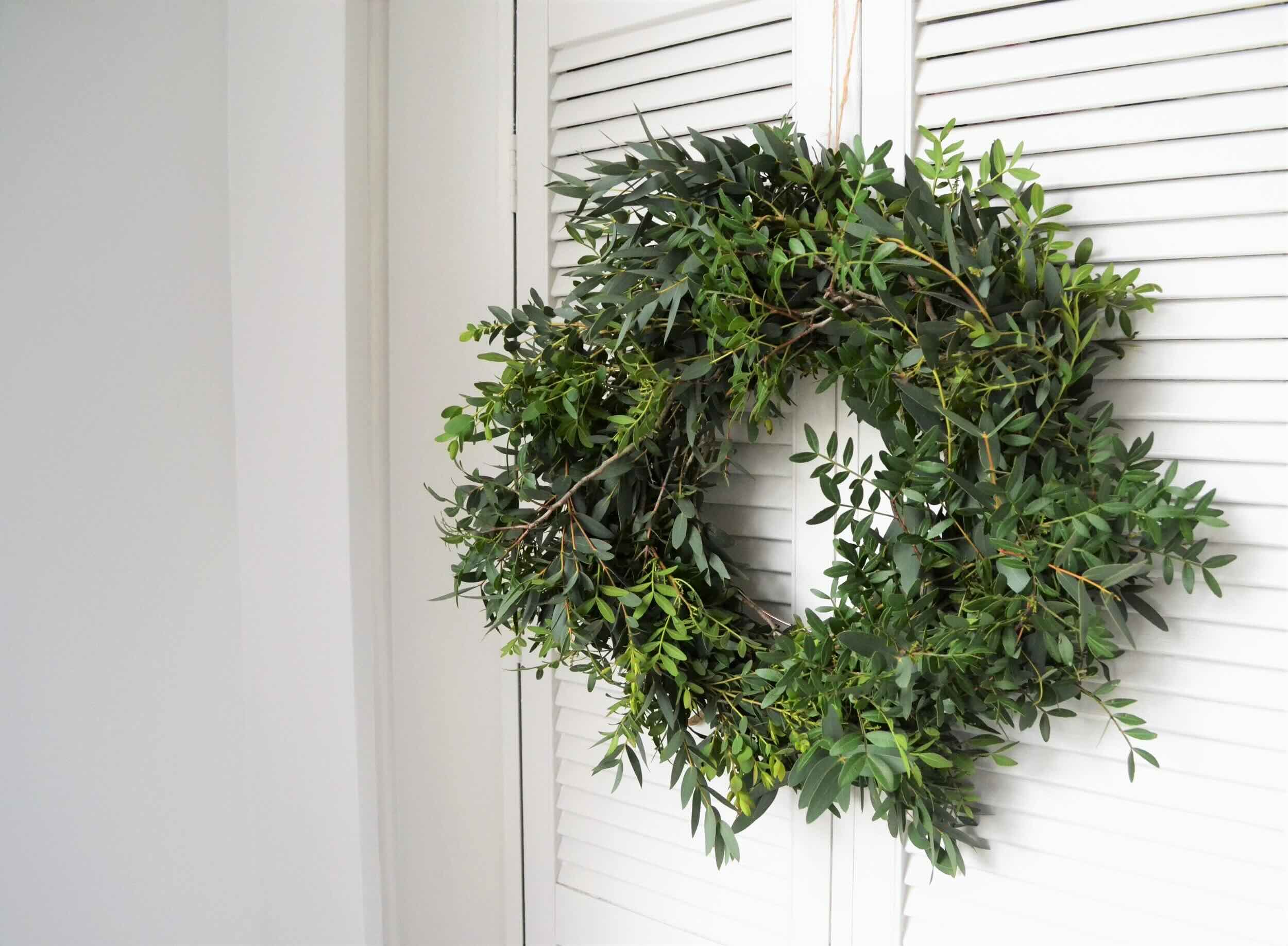
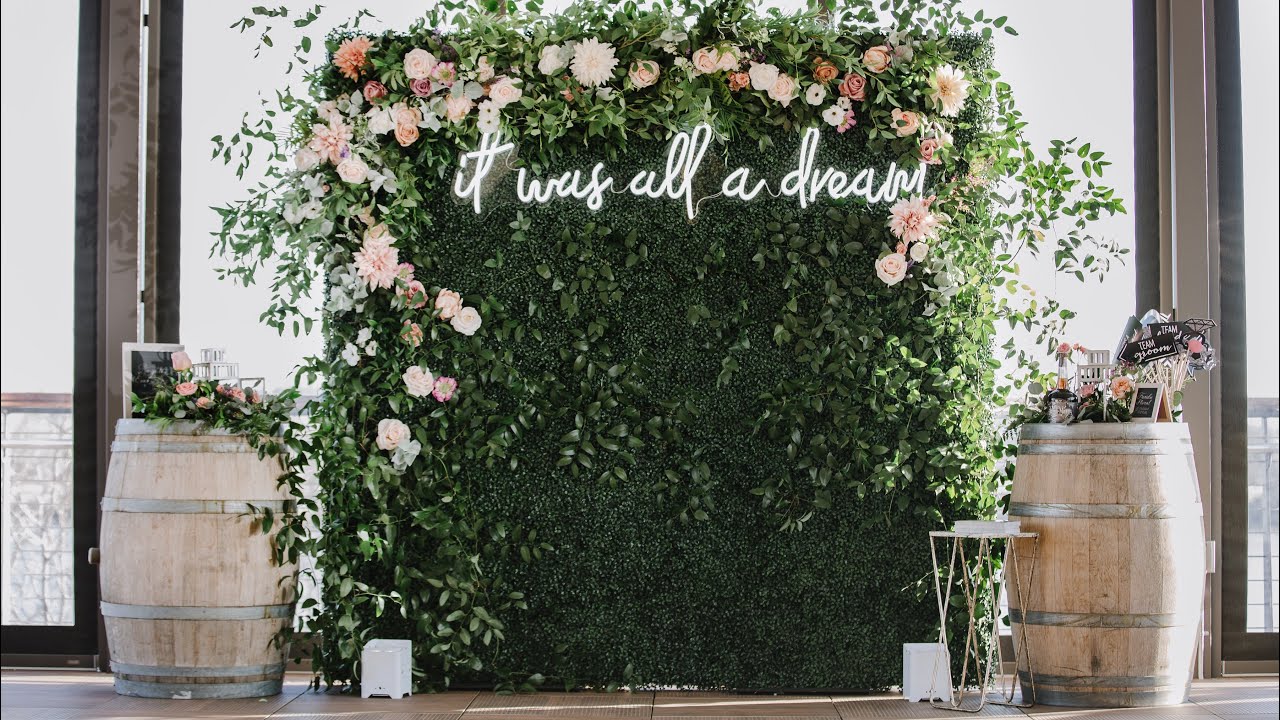
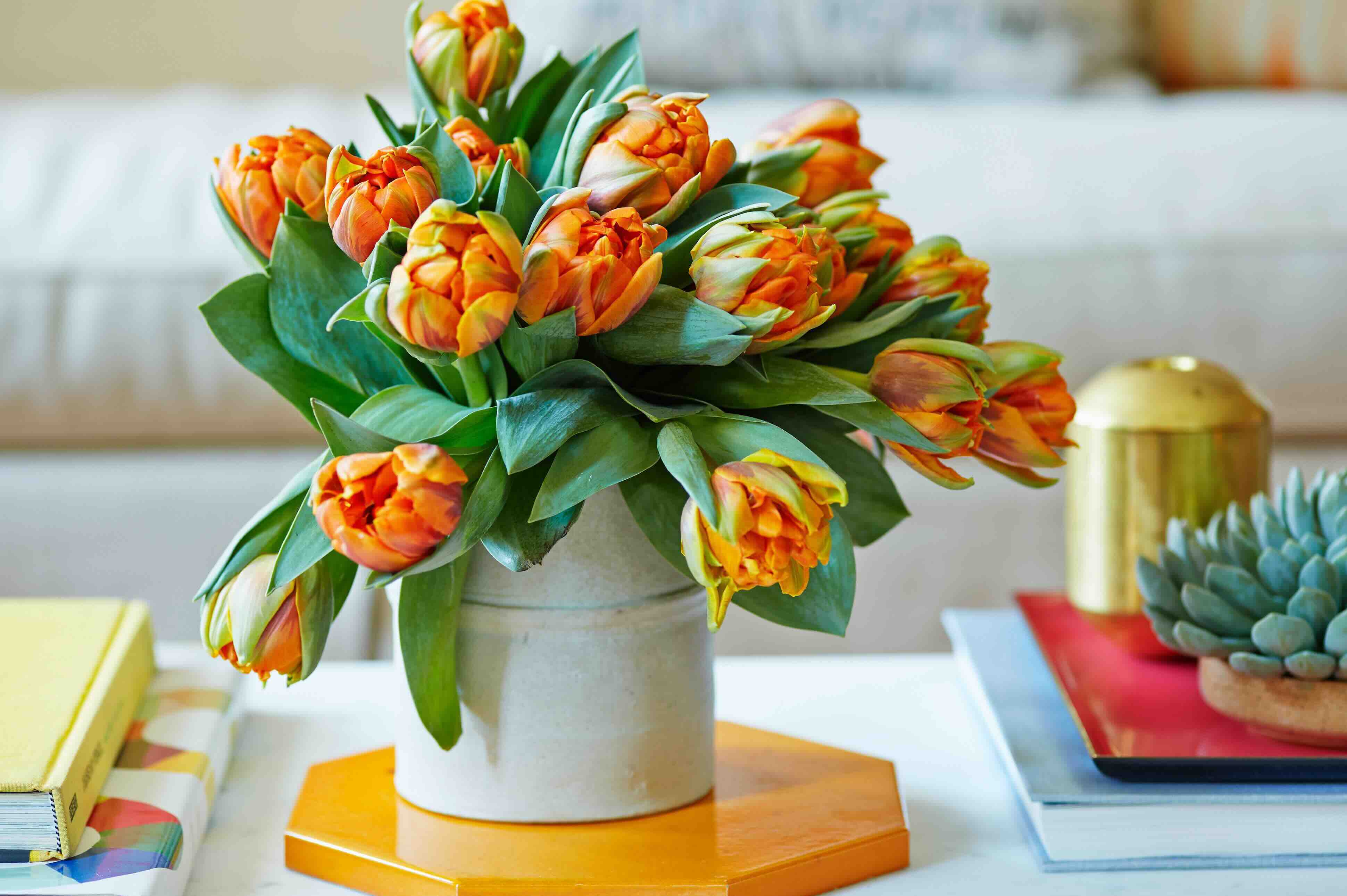
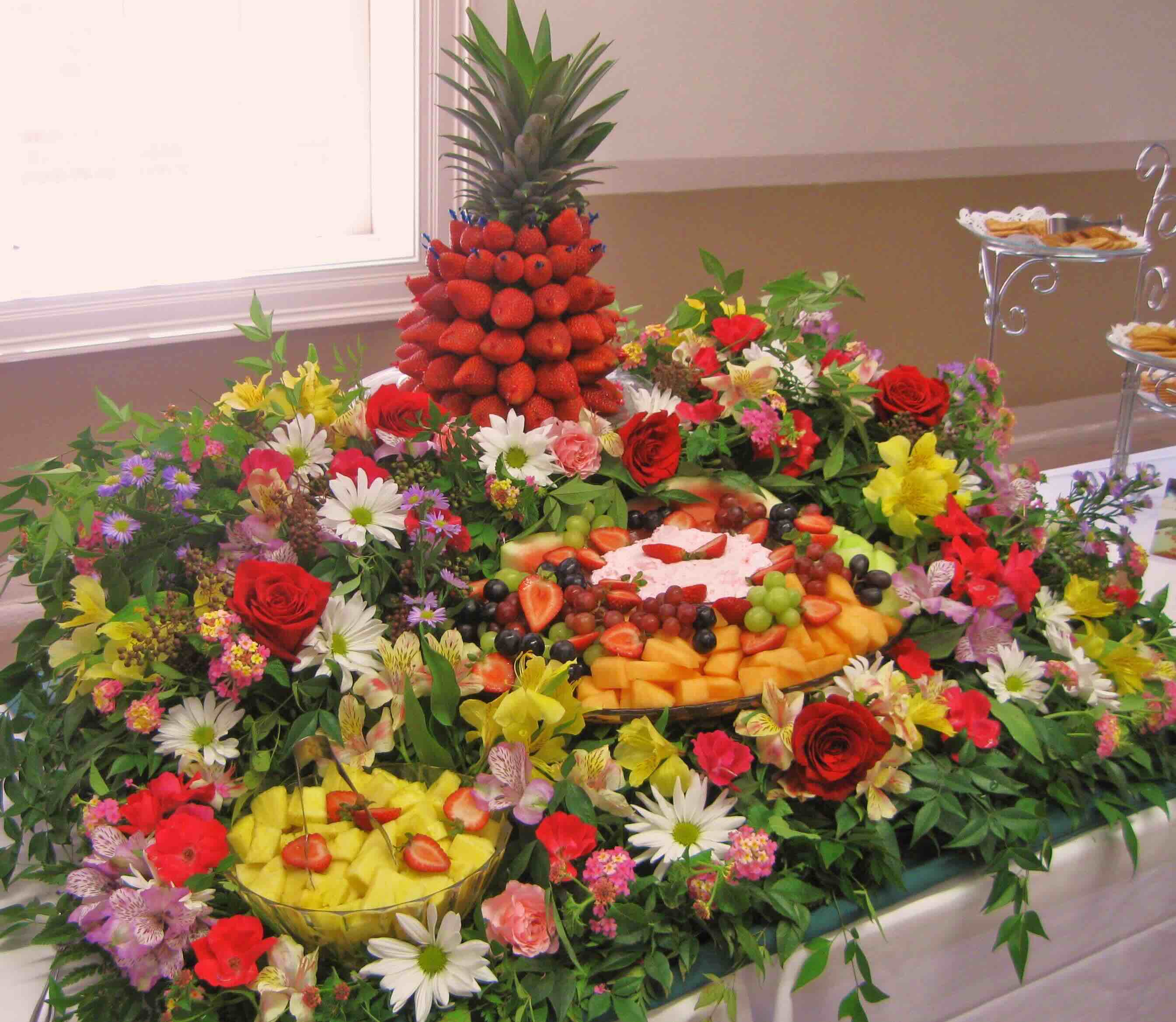
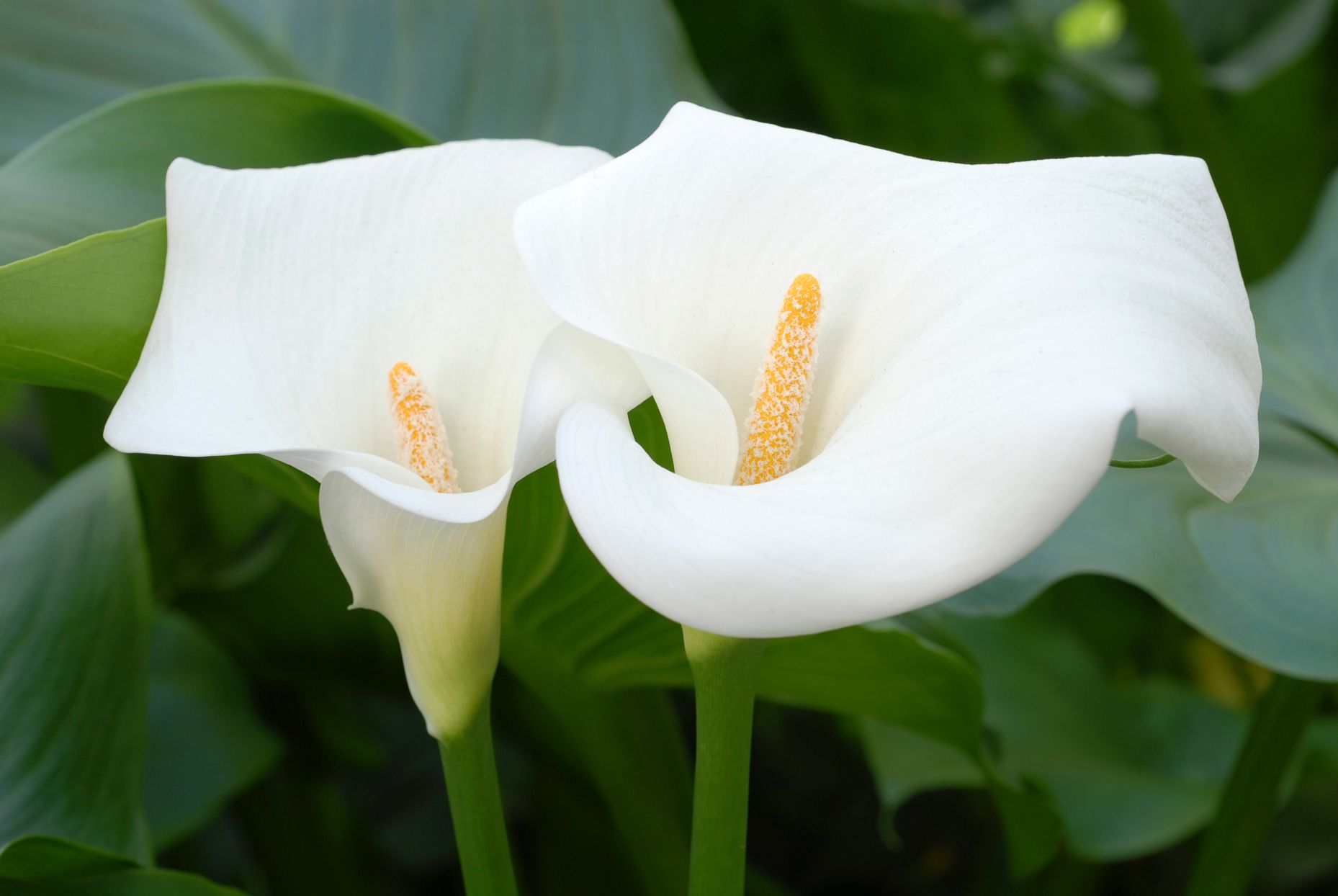
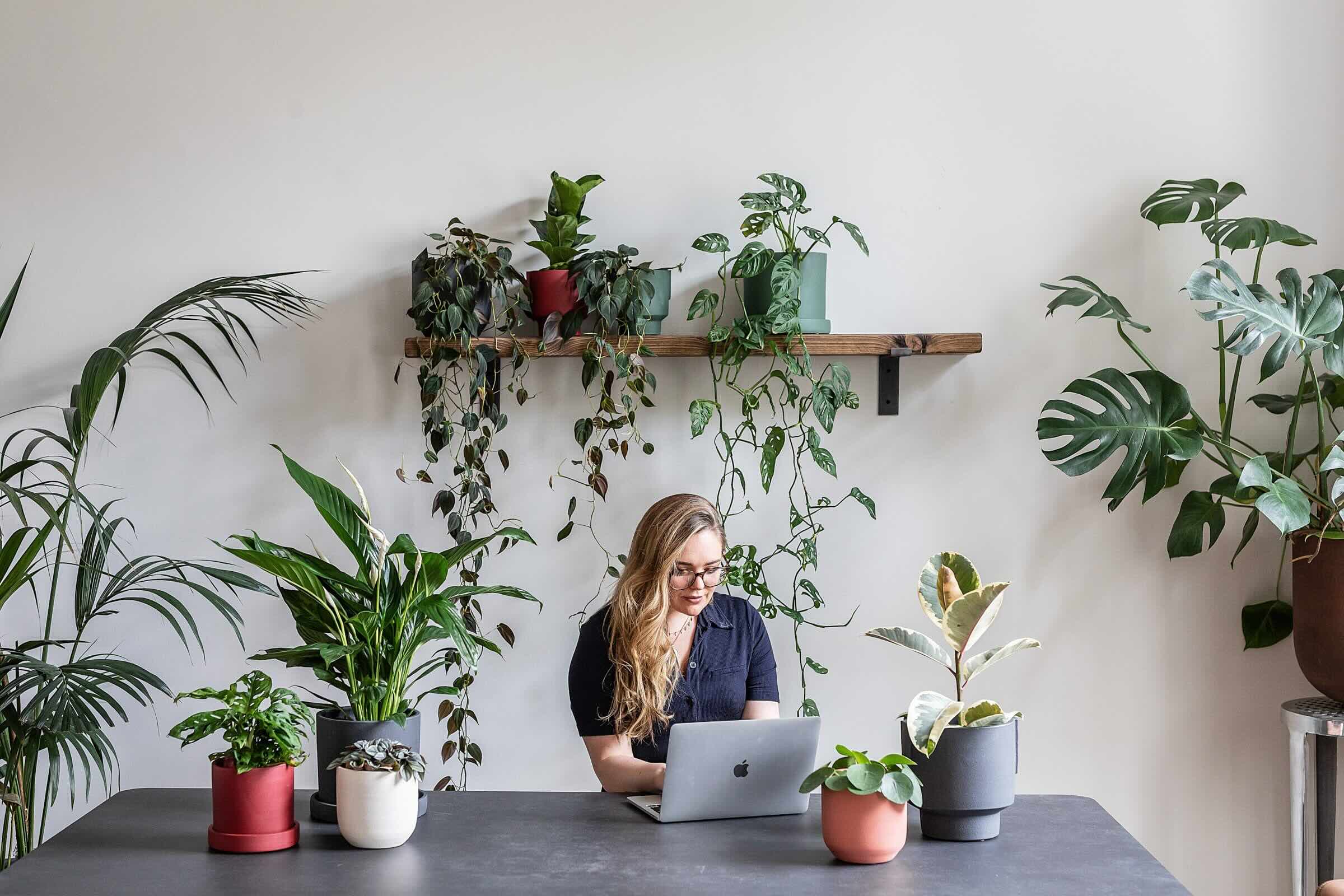
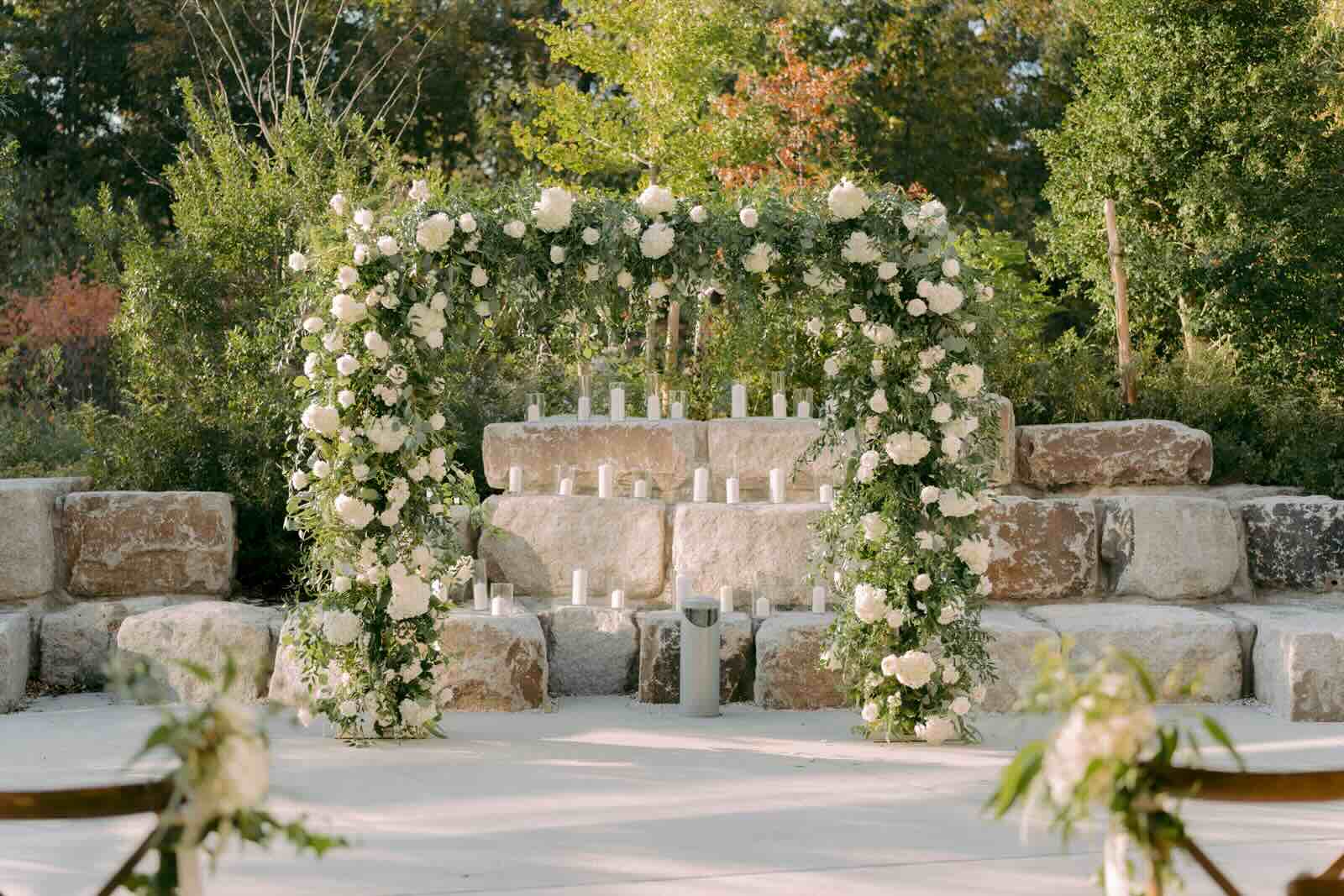
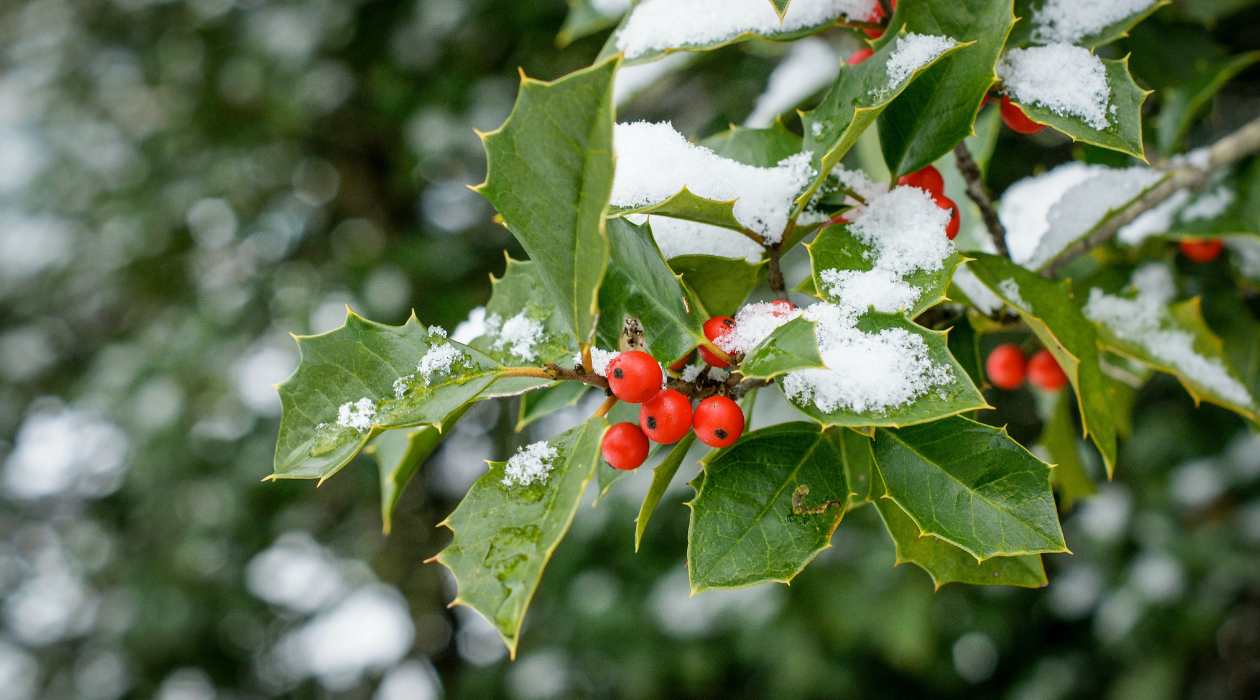

0 thoughts on “What Greenery Is Not For Cake Decorating”